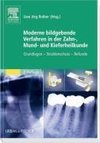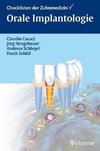
-
 Anglický jazyk
Anglický jazyk
Features of Orthodontic Mini-Implant
Autor: Pooja Thakare
The growing demand for orthodontic treatment methods that require minimal compliance and provide maximal anchorage control, particularly for adults, has led to the expansion of implant technology in orthodontics i.e. Temporary anchorage devices (TAD).Temporary... Viac o knihe
Na objednávku, dodanie 2-4 týždne
40.68 €
bežná cena: 45.20 €
O knihe
The growing demand for orthodontic treatment methods that require minimal compliance and provide maximal anchorage control, particularly for adults, has led to the expansion of implant technology in orthodontics i.e. Temporary anchorage devices (TAD).Temporary anchorage devices (TAD) are proving as an excellent alternative to traditional orthodontic anchorage. Implants have been increasingly used in the field of Orthodontics for skeletal anchorage. Various implant designs, diameters, and lengths are available in the market to perform different functions at different sites in the oral cavity.Long-term mini-implant stability depends on both primary and secondary stability, two closely related phenomena. Immediately after the mini-implant has been inserted, its retention is entirely mechanical, due primarily to the characteristics and amount of the bone-contacting the mini-implant, particularly the cortical bone. This mechanical type of retention is called primary stability. For orthodontists, primary stability is important because it allows mini-implants to be immediately loaded.
- Vydavateľstvo: LAP LAMBERT Academic Publishing
- Rok vydania: 2022
- Formát: Paperback
- Rozmer: 220 x 150 mm
- Jazyk: Anglický jazyk
- ISBN: 9786204986944




 Nemecký jazyk
Nemecký jazyk 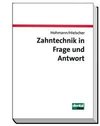
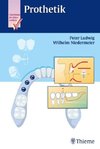
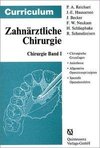

 Španielsky jazyk
Španielsky jazyk 
